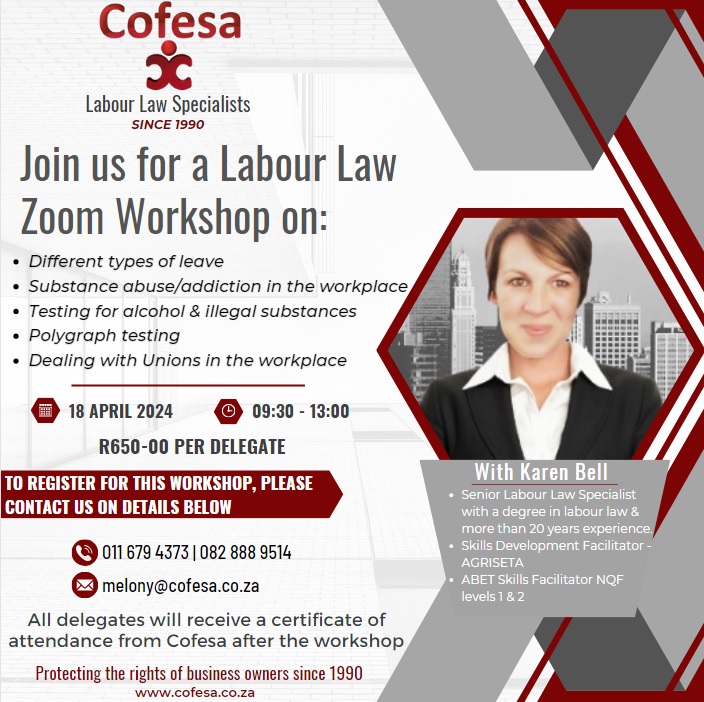A protected strike doesn’t lose its legal protection if it is tainted by violence and intimidation – and employers can’t use this violence as a basis to fire all workers involved.
This was the main outcome of a recently settled case by the Labour Court, as analysed by the director at Werkmans Attorneys, Jacques van Wyk.
Background
In 2018, 161 members of the African Meat Industry and Allied Trade Union embarked on a protected strike to demand wage increases.
In response, the employer, Shave and Gibson Packaging proceeded with a lockout and sent a notice which retracted their initial wage increase offer and threatened exclusion for employees who rejected the 0% increase.
During the strike, some individuals among the strikers engaged in violent acts and damaged property. As a result, the employer successfully obtained a legal order to prohibit these actions.
However, the unlawful actions of some of the strikers continued.
Weeks after the strike began, the employer denied the strikers’ request to return to work, subsequently initiating disciplinary actions for their participation in a violent, unprotected strike, failing to identify violent participants, intimidation, assault, contempt of a court order, and not staying in designated picketing areas.
Before the disciplinary hearing’s outcomes were issued, the employer sent out a bulk SMS to absent employees, asking them to submit written explanations to avoid being found guilty of alleged misconduct. Four employees responded, and all were subsequently reinstated.
All the strikers (other than the employees who were reinstated) were dismissed for misconduct.
The employer argued that these strikers had been fairly dismissed as the strike had lost its “protected” status due to the events that unfolded.
Labour Court findings
The Labour Court found that while the striking workers did associate themselves with acts of violence and intimidation, only three of the strikers physically committed the acts, and 18 strikers continued to carry weapons after receiving the interdict.
“Since the employer failed to link the strikers individually to the criminal acts or prove that they were aware of the culprits’ identities, the dismissal of the remaining strikers was ruled substantively unfair,” explained van Wyk.
Additionally, the court “held that a protected strike does not lose its status as such on account of some strikers resorting to violence and intimidation and that the employer was not entitled to rely on the claim that the employment relationship had been rendered intolerable,” he added.
As a result, a retrospective reinstatement was ordered.
Van Wyk said that this is an important outcome in various facets.
“The Constitution confers the right to strike upon all employees as it is essential to social justice and functional collective bargaining – it also provides a counterbalance to the employment relationship whereby employees usually have the underhand,” said van Wyk
The legal expert said that the court’s “decision highlights the importance of protecting the constitutional right to strike, even in the face of incidents of violence and intimidation, by confirming that a strike marred by violence is not automatically rendered unprotected.”
However, van Wyk said that a question that has been raised that remains unanswered is “whether collective bargaining can remain ‘functional’ even when conduct in furtherance of a protected strike turns violent or when a strike demand is not attainable.”
Source: Businesstech | By: Seth Thorne
FOR ANY QUESTIONS, PLEASE CONTACT THE COFESA HELPLINE
011 679 4373 | 082 656 4957 | ETIENNE@COFESA.CO.ZA
The information and material published on this website is provided for general purposes only and does not constitute legal advice. We make every effort to ensure that the content is updated regularly and to offer the most current and accurate information. Please contact one of our consultants on any specific labour problem or matter. We accept no responsibility for any loss or damage, whether direct or consequential, which may arise from reliance on the information contained in these pages.

